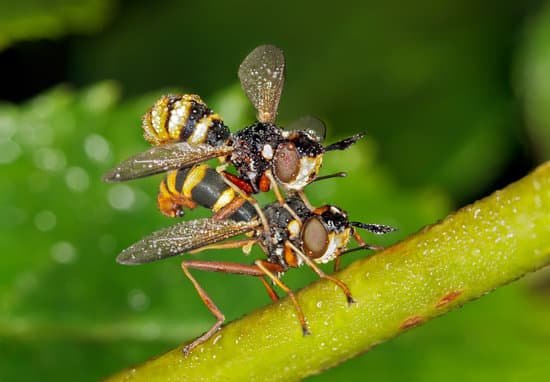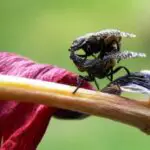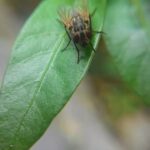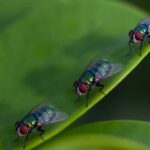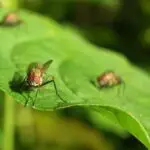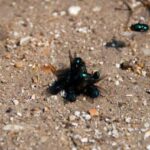How Do Flies Contribute to the Ecosystem?
Most people associate flies with dirt and disease, but they actually play an essential role in the ecosystem. More than 100 000 species of flies have been identified, and we must learn more about these insects to help protect our planet. Their role in the food cycle is vital to humans and the ecosystem, and their presence is essential to the survival of many other species.
Some flies are pollinators, and their larvae feed on various plant species. Other flies help the food chain by breaking down decaying matter. In addition, some flies serve as good biological control agents. For example, the larvae of certain flies feed on aphids, which feed on plants. Insecticides may be used for controlling pests, but these chemicals may cause more harm than good.
Flies are tiny creatures with complex, mobile heads and large compound eyes. Their mouthparts are adapted for lapping, sucking, and piercing. In addition, their legs have pads and claws that make them cling to surfaces. They also undergo complete metamorphosis, and lay eggs on the food source that their larvae will eat. Unlike many other insects, flies also have the ability to reproduce rapidly.
Many flies play essential roles in the ecosystem. Their larvae provide food for other animals, and they also recycle organic waste that humans produce. The larvae also help in modifying the intra-specific competition among species by regulating the density of larvae.
